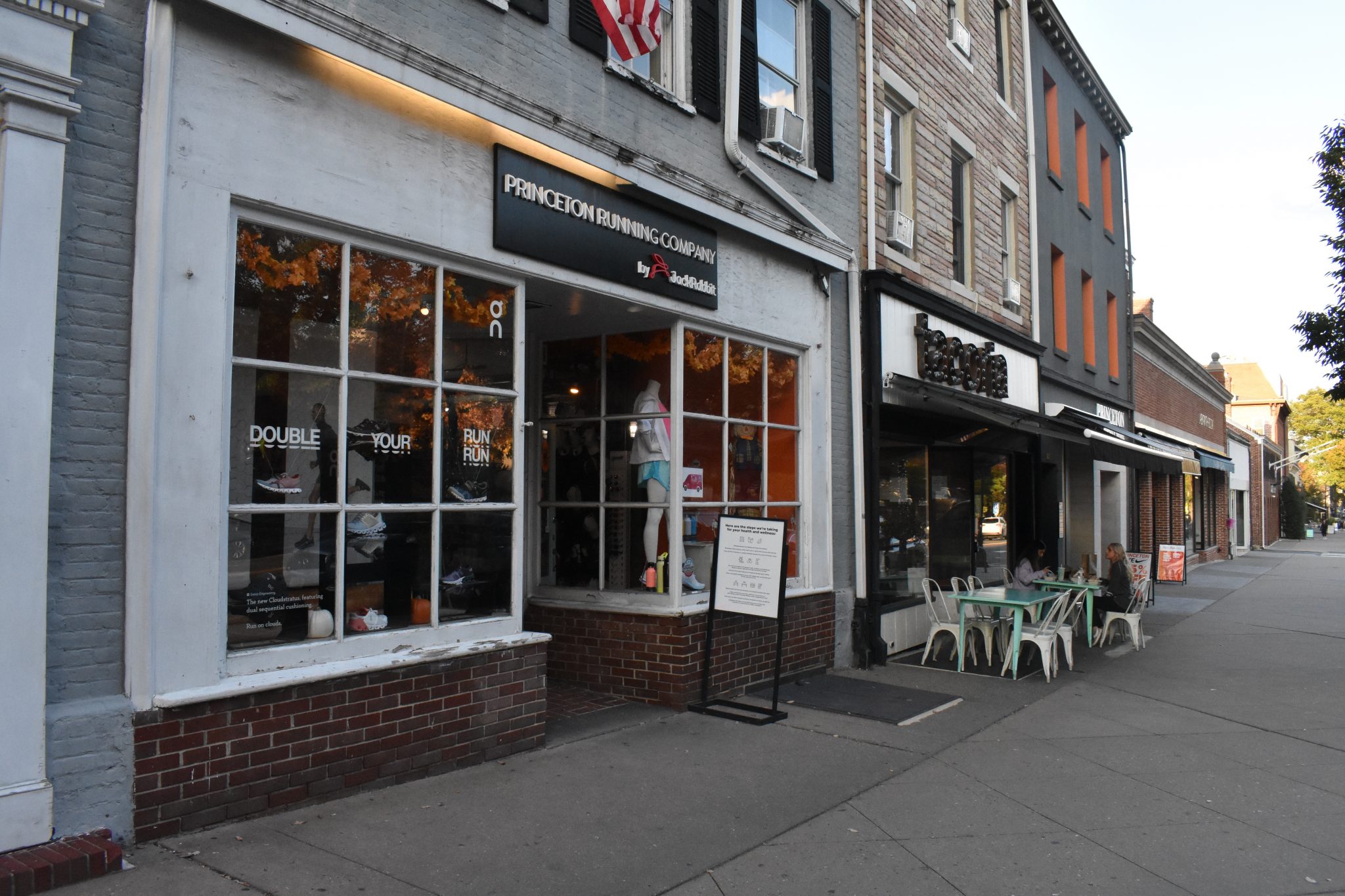After two years of work by a steering committee and consultant, the Princeton Council voted unanimously to create a Special Improvement District (SID) in the municipality.
The council voted to adopted the ordinance creating the SID on Feb. 28. The adopted ordinance does have a sunset provision in which the SID can be dissolved after five years.
Council President Leticia Fraga, Councilwoman Michelle Pirone Lambros, Councilman David Cohen, Councilman Leighton Newlin and Councilwoman Eve Niedergang voted “yes” on the measure.
“I do find convincingly the arguments that [the SID] should extend throughout the town. I don’t think the idea is to get as many people as possible to Princeton all the time. That certainly is not the vision that I think I have and that my colleagues have,” Niedergang said. “Now, the businesses cannot survive purely on the business that Princeton residents deliver. In order for them to survive they need to bring in people who do not live in town. I do believe it is in everybody’s interest to have a thriving downtown.”
During the public comment portion of the hearing, one of the comments opposing the creation of the SID came from property owner Lou Carnevale, who owns the building at 255 Nassau St.
“For me, the way I have read this and the way I understand it, all we are doing is creating another bureaucratic layer. This SID will have to have employees who need to be paid, and office space, lawyers and insurance,” he said. “For me, it would be a lot money because it is based on the amount of taxes I pay and we already pay very high taxes. Where my building is we are mostly residential. The people I have there really don’t want more traffic or people. I do not see the benefit I am getting out of it.”
Joshua Zinder, property owner and founder of Joshua Zinder Architecture + Design firm, who stated his position as being in favor of the SID during public comments, said he did not see the funding of the SID as a tax.
“It is an investment in our community’s future. We need to have realistic expectations and goals over the first five years,” Zinder said. “COVID-19 just highlighted and exasperated our weaknesses. The SID has the ability to act as our marketing voice. I believe the SID can advance the conversation in regard to improving zoning issues related to use, signage and parking.”
A non-profit district management corporation, which will be called the Princeton Business Partnership, Inc. (PBP), will oversee the daily activities with the SID statute and hire a professional manager to implement SID services.
Bylaws are to be created following the ordinance’s adoption.
The steering committee – which has consisted of business leaders and business property owners and civic organizations – and community input will create the board and committee chairs.
“That is all to be continued upon the passing of the ordinance,” said Kathleen Klockenbrink, a member of the steering committee.
According to a presentation on Feb. 28 prior to the vote, the PBP will set up a vacancy list and database; act as a liaison for businesses to the municipality; work to influence zoning, planning and historic preservation; and help drive new parking, shuttle and walkability in Princeton.
A budget for the SID has not been officially set, but is expected to be $400,000.
The SID in Princeton would encompass the entire municipality and has 10 sub-areas each designated with an assessment to be paid by businesses. The assessment is paid by businesses benefiting to fund SID services.
The budget and assessments are not finalized and won’t be until a board is constituted and the board votes on the budget and assessment tiers. The budget would then go before the Princeton Council for a public hearing and approval by the governing body.
The proposed assessments for properties in the SID sub-areas are Nassau Street (3%), Witherspoon Street (2%), Jugtown (2%), 206 North (1.5%), Dinky (1.5%), Harrison and PSC (1%), Palmer Square (1%), Poor Farm Road (1%) and other (1%).
The assessment rates would be applied to the amount of property taxes paid by property owners in the sub-areas.

